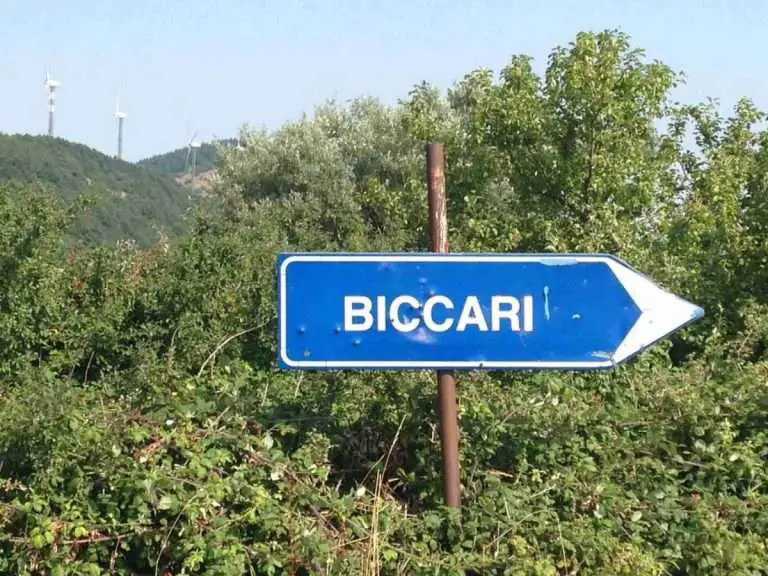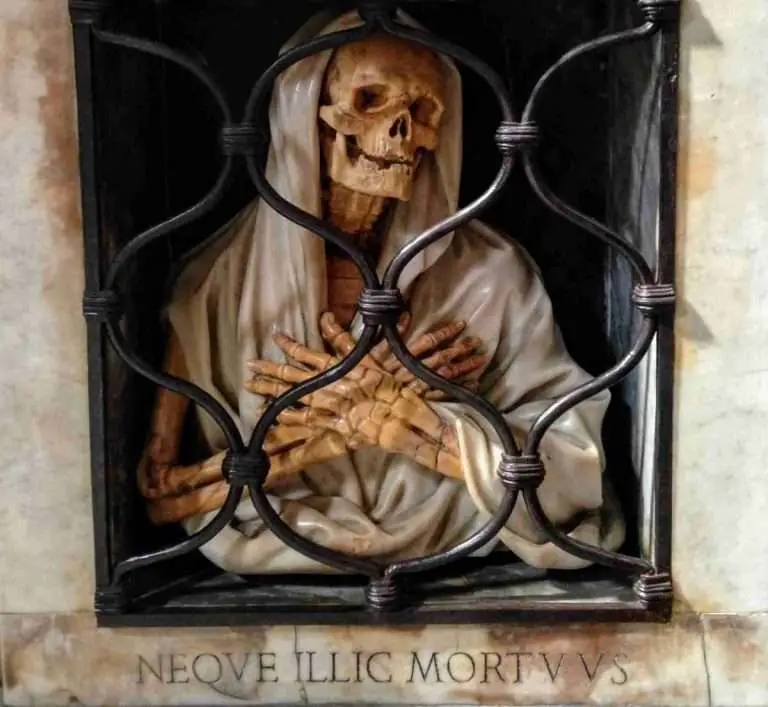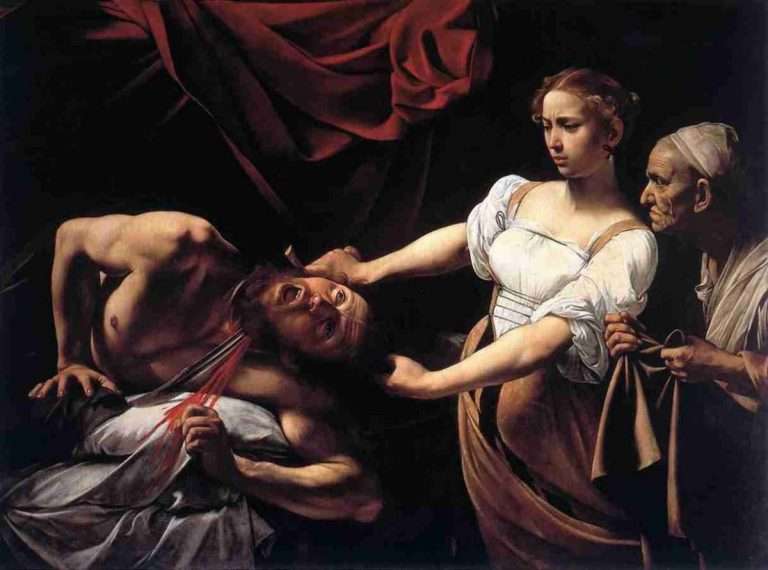Palazzo Colonna: A Hidden Palace in the Heart of Rome [Review]

Although I have spent years exploring Rome, I am often surprised by little things I have never noticed. A spider decoration above a door or a hidden flood marker on the side of a building can fill me with glee. “Ahhhh, how many others have noticed that?” I muse.
But on a recent tour with Context Travel I found that there are still several very big things in this city that I have overlooked, places that have been hiding in plain sight that I just hadn’t bothered to check out.

I had long heard that Palazzo Colonna, one of the house museums of Rome, was worth the visit. But given that the museum is only open on Saturday mornings (or “by appointment” – two words that intrigue me but usually stop me from taking action ), fitting a visit into my busy schedule was never easy. Luckily, a private tour on a Tuesday with a Context Travel guide and a group of about six other curious travelers solved that issue.
One of the reasons I was interested in visiting Palazzo Colonna was because I had assumed (incorrectly) that the palace was the site of a poignant scene from one of my favorite films, La Grande Bellezza.
There is a scene in the film where an aging princess returns home to the palace in which she grew up and visits the part of it which has been turned into a museum. She puts a coin in the slot next to the exhibit of her childhood bedroom and listens to the story of her young life told by an animatronic voice.
The above-mentioned scene from La Grande Bellezza was not shot in Palazzo Colonna. But I couldn’t help but think how this sad moment of reckoning must have resonated with the Colonna family, who still reside here after eight centuries of having continually inhabited this palace. In fact, the portion of the residence that we toured is primarily used for tours and events while the current family lives in a small, but presumably ample and luxurious, section of the estate.
A famous scene that was filmed in Palazzo Colonna was the final scene of classic film Roman Holiday.
Art in Palazzo Colonna
Another reason I wanted to visit the palace was because of its vast art collection.
There are Pinturicchio frescoes on the ceiling and works from Jan Brueghel the Elder, Bronzino, Guercino, Guido Reni, Peter Paul Rubens, Tintoretto, and Paolo Veronese. Gaspard Dughet, painter of large and vibrant landscape murals, has a room named after him in the Colonna apartments.
Meanwhile, the Colonna family collected nearly 40 small-scale landscape paintings of Rome and its countryside by Gaspar van Wittel. Seen all together, the Dutch painter’s works present a curious time capsule of Rome, a time before the Spanish Steps or the Via Ripetta river banks were constructed.

The most famous painting of the Colonna collection is Annibale Carracci’s The Bean Eater (Il Mangiafagioli). It is hard to overstate how out of place the painting of such a humble subject seems inside a gilded palace. Also difficult to explain is how this genre of painting moved me more than all the other gold-encrusted pomp.
Art historian Donald Posner said of the painting that “the composition has a “snapshot” effect which was utterly unprecedented in Western art.” The Bean Eater was thoroughly modern for its time, perhaps one of the first examples of the gentry looking to the common man as a source of artistic inspiration.
I wish I could have had more time to stand in Galleria Colonna and gaze at Carracci’s creation.

Palazzo Colonna: Rome’s History Through One Family’s Eyes
Beyond the grand hall and the art collection, Piazza Colonna offers the visitor a chance to understand the history of Rome and Italy on a micro level through the lives of one very noble family.
The Colonna symbol, a single column topped with a crown, is visible in every room of the palace, from the marble floors and tapestries to the wrought iron patio chairs and radiator covers, turning a tour into a sort of scavenger hunt.
And of course, there is pleasure in visiting a grand palace that is mere steps away from the busiest Roman streets. The Palazzo Colonna is a quiet refuge in the heart of the center and well worth the detour, especially accompanied by an expert guide.
I was a guest of Context Travel for their Rome tour The Princess and the Palace. Context no longer offers this individual tour, but they do have a full-day art of Rome tour that includes the Palazzo Colonna.
Last updated on May 8th, 2021Post first published on November 21, 2016

![Visiting the Colosseum Dungeons on a Guided Tour [Review]](https://www.italofile.com/wp-content/uploads/IMG_4780-768x576.jpg)





